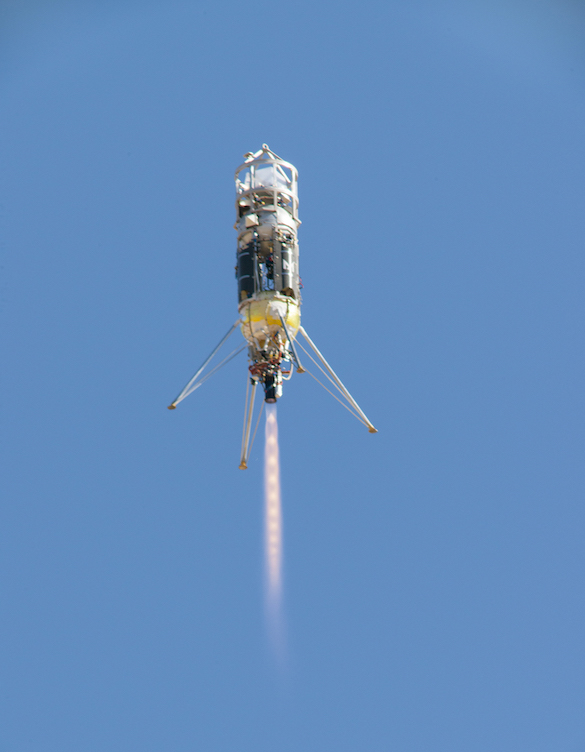Electromagnetic Field Measurements on sRLV
PI: H. Todd Smith, Johns Hopkins University / Applied Physics Lab
PI: H. Todd Smith, Johns Hopkins University / Applied Physics Lab

- TA08 Science Instruments, Observations and Sensor Systems
- TA11 Modeling, Simulation, Information Technology and Processing
The National Research Council Commission on Physical Sciences, Mathematics, and Applications recommended that routine profiles of the electric field between 0-80km should be made to study the roles of aerosols, global change and cosmic rays. In the past, such measurements have not been feasible but may soon be as a result of reusable suborbital vehicles. Several publications have discussed the use of this ground to ionosphere potential as a tracer of global change, and several researchers have investigated how changing electric fields influence cloud formation. Yet routine and consistent observations are lacking, therefore, an eventual goal is to use the proposed sensor suite to ultimately measure the electric field outside of the spacecraft to study global change effects on the global electric circuit and long term variability in the lower thermosphere/ionosphere.
By utilizing existing (and COTS) electric field mill and magnetometer sensors, we significantly reduce risk associated with this experiment. Once the two sensors are integrated, we will conduct laboratory tests at the Johns Hopkins Applied Physics Laboratory to optimize the sensor suite for suborbital spaceflight conditions. However, the TRL will still be limited. Therefore, the upcoming suborbital reusable launch vehicle test flights provide a excellent opportunity to operationally test this se
This project intends to construct and deploy an instrument suite that provides for a wide range of applications for multiple customers. Initially, accurate measurements of the electromagnetic fields around the suborbital reusable launch vehicles are essential for successful operation of many of the types of scientific payloads anticipated to utilize such vehicles. Additionally, the operators of these vehicles also require such information for effective operation in order to avoid unintended impa
The objectives are primarily driven by the goal of providing basic data, that serves the following three purposes under a broad range of sub-orbital test conditions: (1) Enabled Science: Enabling other experiments such as microgravity experiments with applied electric fields, (2) Applied Engineering: Advance the TRL level of a novel low cost instrument package that could become a standard component sensor on numerous sub-orbital vehicles and aircraft, (3) Direct Science: Enable future fair weather global electric circuit (GEC) and atmospheric/ionospheric electric current measurements.
The proposed instrumentation package consists of two components: a DC electric field measurement using a Campbell Scientific Electric Field Sensor (Model CS110), and fluxgate miniature 3-axis Applied Physics Systems magnetometer (Model 534D). The baseline sensor choices are all COTS developed instrumentation or readily available research instrumentation. Final selected sensors will rapidly be combined with a standard JHU/APL data acquisition unit and housing. The team and institution has experience working with the proposed sensors and sensor types, so no development is necessary.
Technology Details
-
Selection DateAFO1 (May 2011)
-
Program StatusActive
- 3 sRLV
Development Team
-
PIH. Todd Smith
-
Organization
-
SponsorJohns Hopkins / Applied Physics Laboratory
-
More Information

